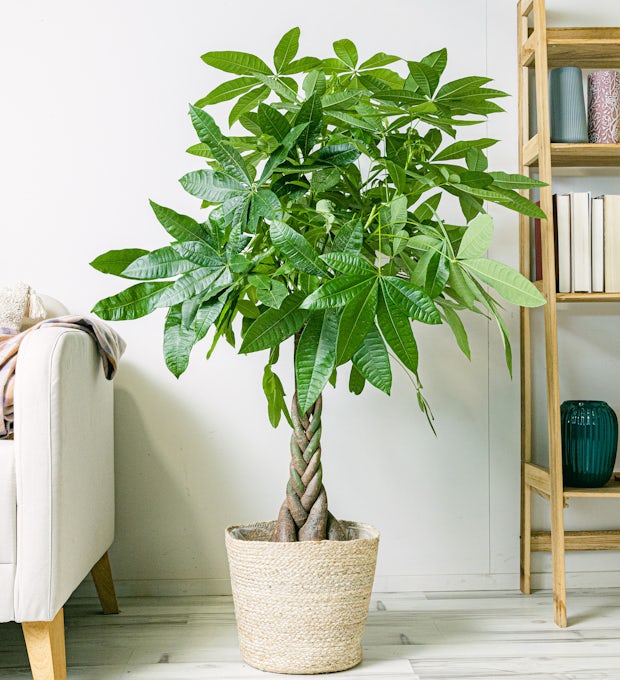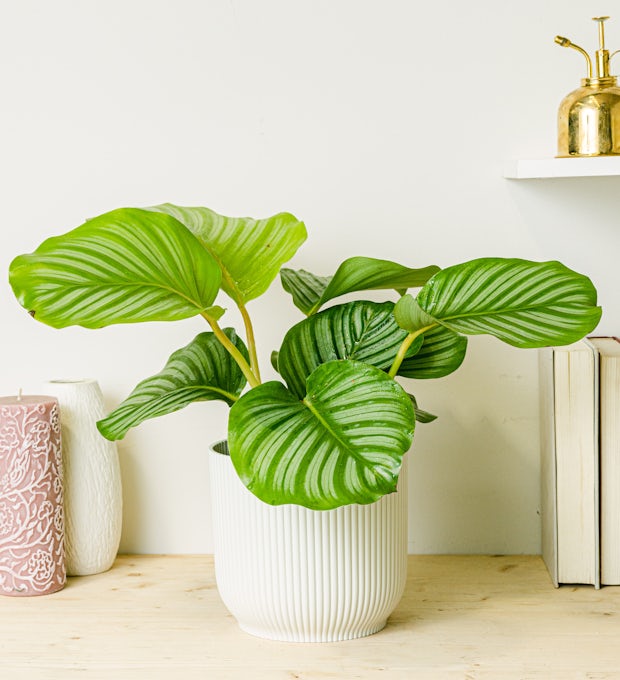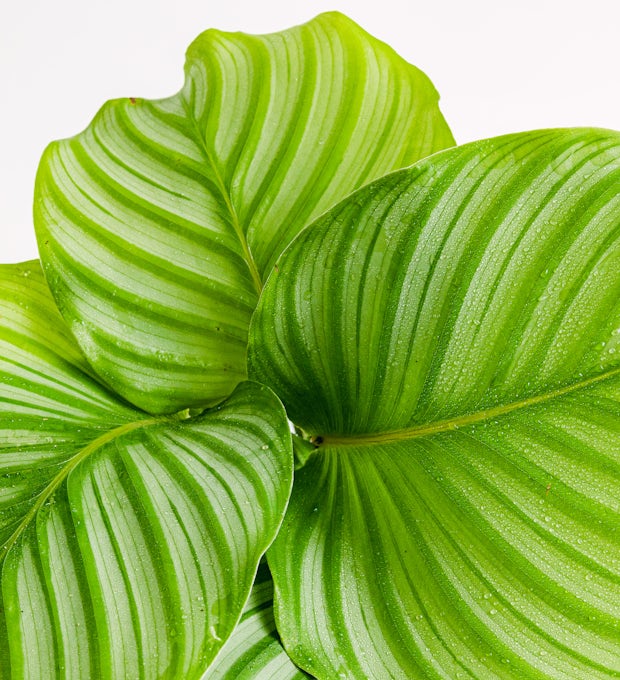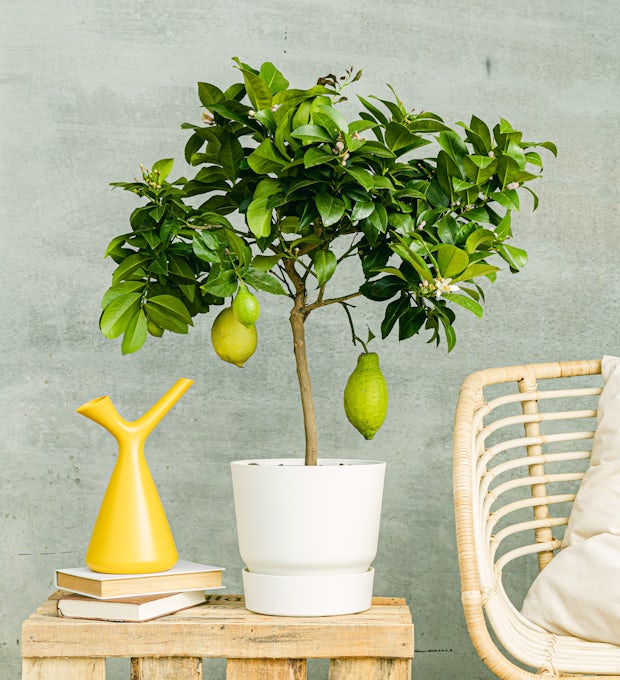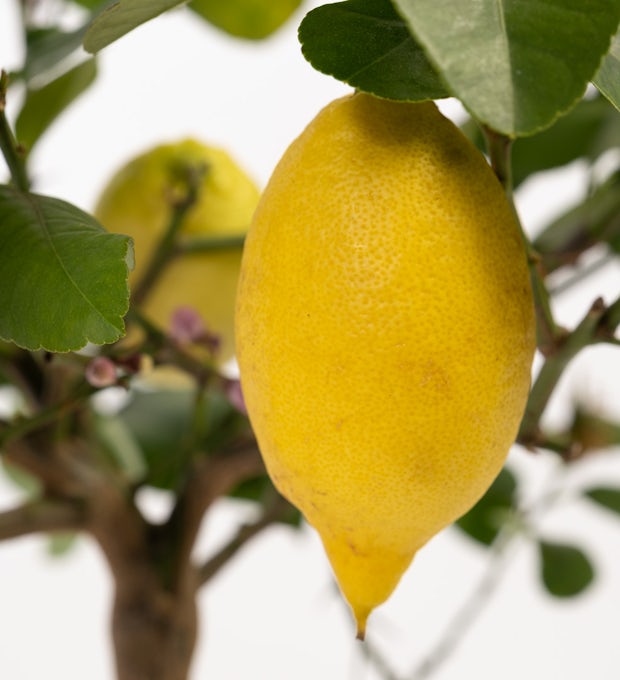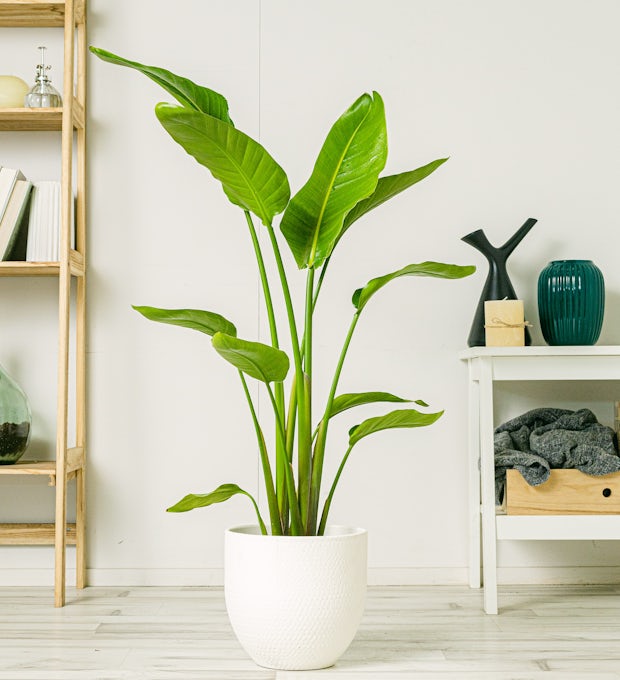The arrival of winter can be a difficult time for terrace plants. Cold temperatures, frost and frost can cause irreparable damage if proper preventative measures are not taken. In this how-to guide, we'll give you valuable information on how to protect your terrace plants during the colder months of the year. You'll learn how to know the risks of frost and frost, how to choose cold-hardy plants, how to prepare shelter for your plants, and how to protect their roots with mulch and mulch. In addition, we will show you how to avoid overwatering in cold weather, how to protect your plants from wind and drafts, and how to monitor the weather to take preventive measures in a timely manner. Join us on this tour of the secrets to taking care of your terrace plants in winter!
Know the risks of frost and frost
Frost and frost are climatic phenomena that can cause irreparable damage to terrace plants. It is important to know the risks that these climatic events can cause in order to take preventive measures and protect our plants. Frost is a layer of ice that forms on the surface of plant leaves, branches, and stems when the ambient temperature drops below zero degrees Celsius. On the other hand, frost is a similar phenomenon, but it occurs when the temperature drops below the freezing point of water. Both weather events can lead to plant damage, such as leaf and branch burn, and even plant death if preventative measures are not taken. The plants most vulnerable to frost and frost are those with deciduous leaves, as they lose their leaves in winter and are exposed to sudden changes in temperature. In addition, newly transplanted plants or those that have a weak root system are more susceptible to damage from these weather events. Therefore, it is important to keep an eye on weather conditions and take preventive measures to protect our terrace plants from the risks of frost and frost.
Choose Cold-Hardy Plants
When choosing plants for your deck, it's important to consider their cold hardiness. Opting for cold-hardy plants will ensure they survive cold temperatures and minimize the risk of frost and frost damage. Some popular choices include conifers such as cypress, spruce, and pine, which are known for their ability to withstand cold climates. You can also consider shrubs such as holly, oleander, and laurel, which offer dense foliage and are able to withstand harsh conditions. Perennials such as lavender, sage, and rosemary are also great choices, as they have a higher tolerance for cold. In addition to these options, it is advisable to research the native species of your region, as they tend to be more resistant to local climatic conditions. By choosing cold-hardy plants, you'll be ensuring that your terrace plants stay healthy and bloom even in the coldest months of the year.
We ship plants to all locations, you can see more options here.
Prepare a shelter for your plants
Preparing a shelter for your plants is a key measure to protect them from frost and frost damage. You can build a shelter using materials like plastic, tarps, or even old blankets. The idea is to create a physical barrier that prevents the plants from coming into direct contact with extreme cold. Cover delicate plants at night, when temperatures tend to drop higher. Make sure the shelter reaches all the way to the ground to prevent cold from seeping in from below. However, remember to remove the shelter during the day to allow the plants to receive adequate sunlight and aeration. Additionally, it's important to avoid getting plastic or tarps directly into the leaves of the plants, as this can cause condensation damage or sunburn when heated. Instead, it uses structures such as metal hoops or reeds to support the covering material and create an air gap between it and the plants. Preparing a suitable shelter for your plants will give them extra protection from cold temperatures and help preserve their health and beauty during the colder months of the year.
We ship plants to all locations, you can see more options here.
Protect the roots with mulch and mulch
Protecting the roots of our plants is essential to ensure their survival during cold days. An effective way to do this is through the use of mulch and mulch. Mulch consists of a layer of organic material, such as dried leaves, straw, or compost, that is placed on top of the soil around the plant to cover the roots. This layer helps retain soil moisture and maintain a constant temperature at the roots. In addition, mulch also acts as a barrier against weeds and other external agents that can harm our plants.
On the other hand, mulching refers to an extra layer of material that is placed on top of the mulch to increase its effectiveness. It can be a thicker layer of the same material used for mulch or even inorganic materials like stones or gravel. The padding helps to retain even more moisture and protect the roots from extreme cold.
It's important to note that not all plants require the same type of mulch and mulch, so it's critical to know the specific needs of each. Some plants may need thicker mulch to protect their roots, while others may need less.
In short, protecting the roots with mulch and mulch is an effective technique to keep our terrace plants safe during cold days. By providing an extra layer of protection for the roots, we can ensure that our plants survive the winter season and bloom again in the spring.
Avoid overwatering in cold weather
Overwatering in cold weather is one of the most common mistakes made when caring for terrace plants. In winter, plants need less water than in other seasons of the year, as the humidity in the air is lower and the soil takes longer to dry. Additionally, overwatering can further cool the roots and increase the risk of frost damage. It is important to check the substrate before watering, because if it is wet, it will not be necessary to add more water. If watered frequently and unchecked, you run the risk of rotting the roots and weakening the plant. On the other hand, it is advisable to water in the middle of the day, when the temperature is higher and the water is prevented from freezing on the leaves or branches during the night. In summary, during the cold months of the year it is critical to control the amount of water supplied to the plants and ensure that they are in optimal condition to withstand adverse weather. With moderate and well-timed watering, a green and healthy terrace can be maintained all year round.
Protect your plants from wind and drafts
Protect your plants from wind and drafts
Wind and drafts can be harmful to plants, especially during cold seasons. Strong wind can dehydrate leaves and stems, causing damage to their structure and hindering their growth. In addition, the constant movement of air can interfere with plants' ability to absorb nutrients and water from the soil.
To protect your plants from wind and drafts, it is advisable to place them in sheltered areas, such as near walls or fences that act as natural barriers against the wind. You can also use screens or windbreaks to reduce the speed of the air around your plants.
Another option is to use heavier pots or place large stones around them to prevent them from being knocked over by gusts of wind. You can also group several pots together, which will help create a more protected microclimate.
It's important to remember that every plant has different needs when it comes to wind exposure. Some species are hardier and can tolerate strong winds, while others are more sensitive and require additional protection. Therefore, it is essential to research the characteristics of each plant before placing it in a place exposed to the wind.
Protecting your plants from wind and drafts will not only contribute to their health and growth, but also prevent potential physical damage caused by constant air movement. Remember to regularly check your plants and adjust protective measures as needed.
Monitor the weather and take preventative measures
Monitor the weather and take preventative measures
One of the best ways to protect your terrace plants from frost and frost damage is to constantly monitor the weather and take preventative measures based on the weather conditions. Stay informed about weather forecasts and pay special attention to frost alerts. If you're expecting a cold night, you can cover your plants with cloth or plastic to protect them from the cold. It's also important to avoid watering your plants during cold seasons, as too much water can freeze and damage the roots. Additionally, if you live in an area prone to strong winds or drafts, consider placing physical barriers around your plants to protect them from gusts and reduce heat loss. Remember that each plant has different needs and tolerances to cold, so it's essential to know the specific characteristics of your species and adapt preventive measures accordingly. Monitoring the weather will allow you to be prepared and take timely actions to protect your terrace plants, ensuring their health and beauty throughout the winter.
Protecting our plants during the winter months is essential to maintain their health and beauty. By knowing the risks of frost and frost, choosing cold-hardy plants, preparing adequate shelter, and monitoring the weather, we can prevent damage and ensure that our plants thrive. In addition, the use of mulch and mulch, as well as avoiding overwatering and protection from wind and drafts, are additional measures that can make a difference. Taking care of our plants is not only beneficial for them, but also for us, as it allows us to enjoy a greener and healthier environment on our terraces. However, we must remember that protecting our plants is an ongoing process that requires constant attention. What other steps can we take to take better care of our plants during the winter? It's important to keep exploring new ways to protect our gardens and keep them vibrant year-round
